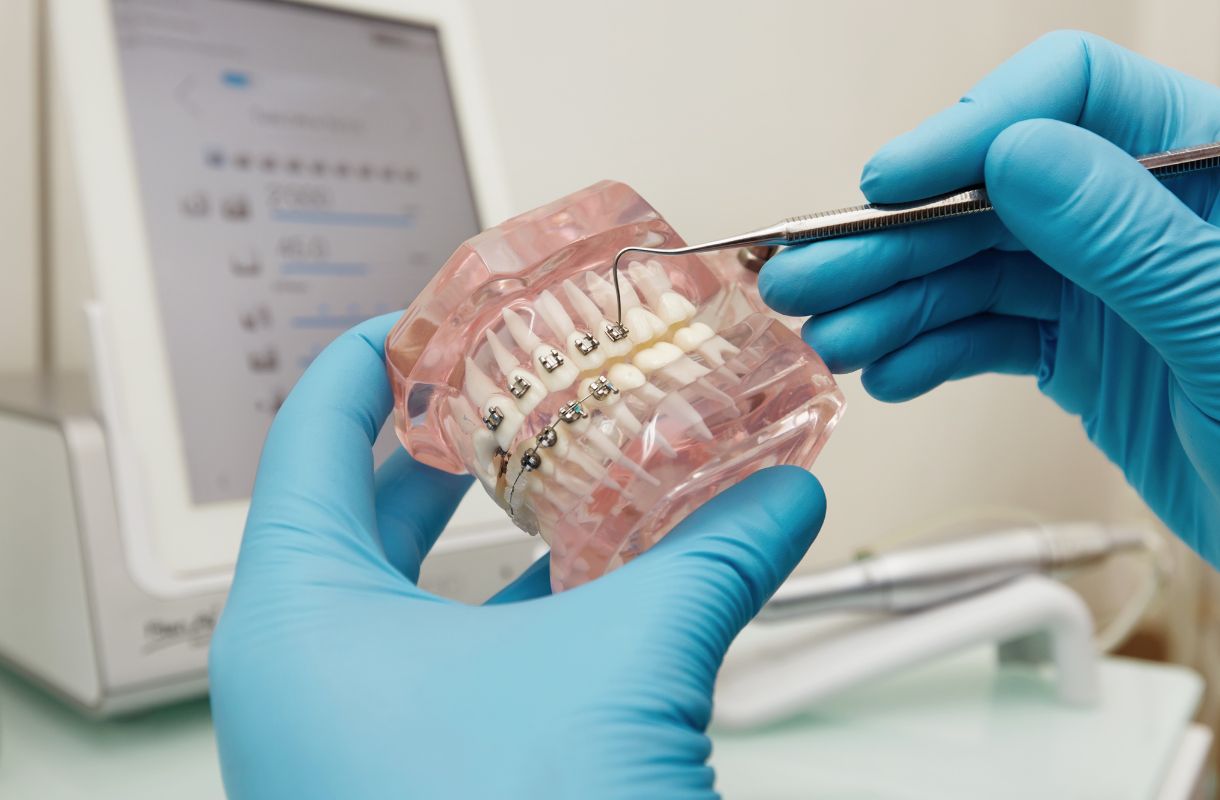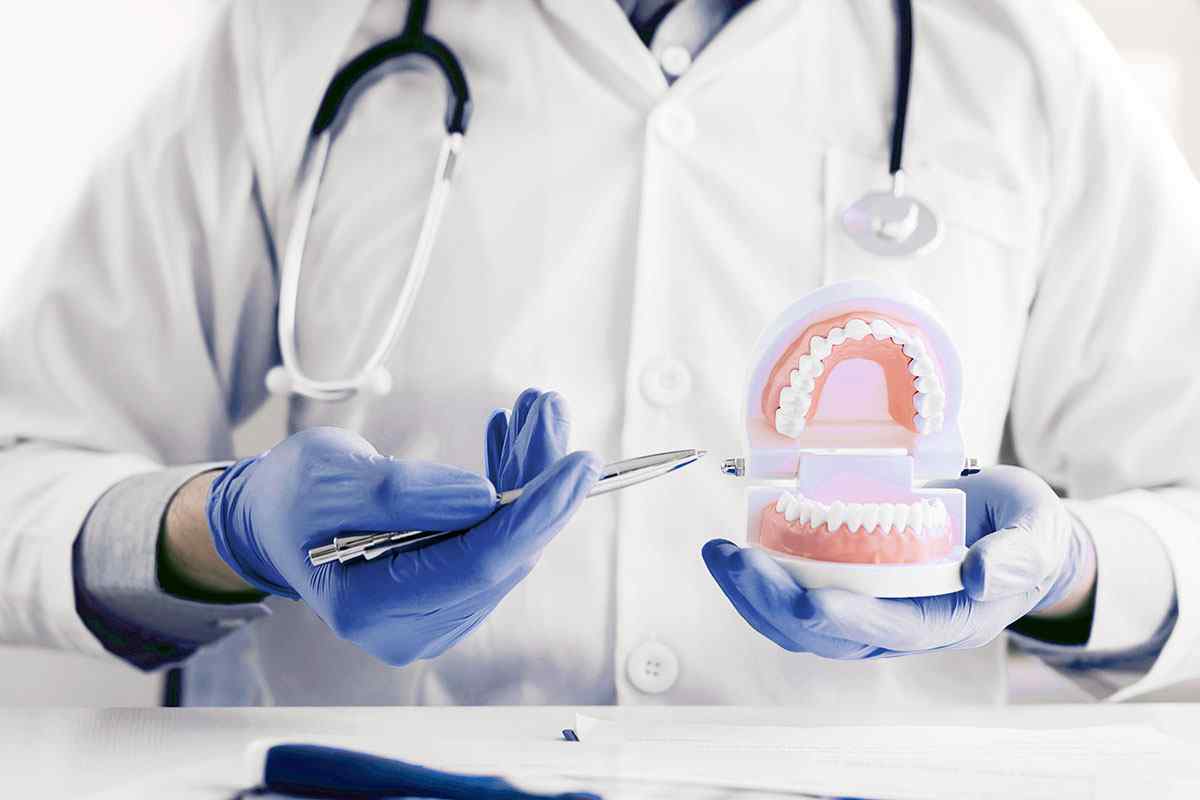What is
Digital Radiography in Dentistry?
Digital radiography has revolutionized the field of dentistry, offering a more efficient, convenient, and patient-friendly approach to dental imaging.
Dentists across the modern world have embraced this technology, replacing conventional film-based imaging with digital alternatives. While the initial cost of equipment and staff training can be high, the advantages of digital radiography far outweigh the disadvantages, making it an essential tool in modern dental practice.
Advantages of Digital Radiography in Dentistry
- Instant Images: Digital radiographs are instantly displayed on a monitor, allowing dentists and patients to make quicker treatment decisions, saving time and money.
- Image Enhancement: Digital images can be enhanced, magnified, and measured directly at the chairside, particularly valuable in procedures like root canal treatments.
- Online Storage and Sharing: Digital images can be stored and shared online, providing access to clinicians through practice management software systems and enabling easy referrals to other dental practitioners.
- Backup and Cloud Storage: Digital images can be backed up and stored on cloud computing platforms, ensuring their availability at all times.
- Immediate Retakes: Any operator errors can be corrected immediately by taking another exposure, saving patient time and the cost of an additional appointment.
- Reduced Radiation Exposure: Digital radiography reduces the radiation dose to the patient, providing peace of mind if repeat exposures become necessary.
- Chairside Convenience: Digital radiographs are routinely taken at the chairside, capturing high-quality images of teeth and gums, aiding in clinical assessment, diagnosis, and treatment planning.
Get In Touch With Us
Call us
+91 9676100045 - Punjagutta
+91 7702425551 - Hitech City
+91 7702425551 - Hitech City
Email us
reception@smiline.com
Book An Appointment
Book a visit to Smiline, simply fill out the form below and we will contact you back regarding the intervention you require.



